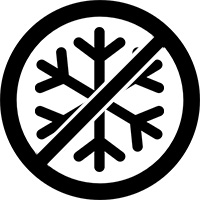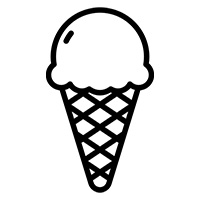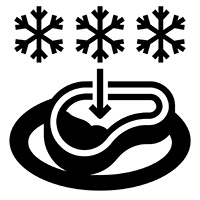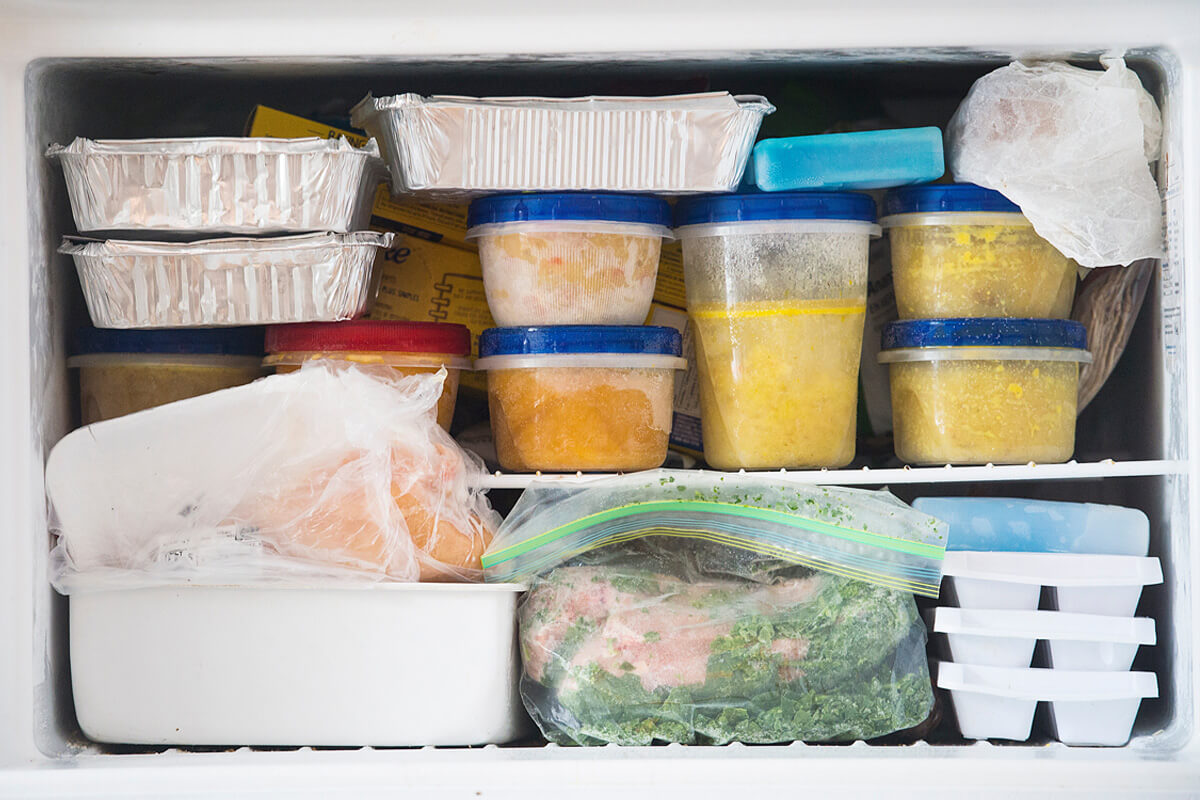Finding the best freezer temperature is essential for both deep freezers and fridge freezers. Regardless of the type, the ideal temperature helps ensure the safety and quality of your frozen food. If your freezer is set too high, your food can spoil or develop freezer burn, ruining texture and taste. On the other hand, setting it too low wastes energy and can even damage your food. Maintaining the ideal temperature of 0°F (-18°C) ensures that your food stays fresh, safe, and energy-efficient.
Why is a Freezer’s Temperature Important?
Maintaining the correct temperature is crucial for preserving your food. Freezing halts bacterial growth, ensuring food safety. Proper storage at the recommended temperature helps retain texture, flavour, and nutritional value, while also preventing freezer burn. Keep in mind that food stored for extended periods, even at the right temperature, may experience slight changes in quality.
What Temperature Should Your Freezer Be Set At?
The recommended setting for your freezer is 0°F (-18°C). This ensures your food stays safe and maintains optimal quality. However, environmental factors like humidity or location might require slight adjustments. To check if your freezer is set correctly, look for signs such as the absence of excessive frost and the consistency of frozen items like ice cream.
How to Check if Your Freezer is at the Right Temperature
Here’s how to tell if your freezer is at the correct temperature:

Excessive frost inside the freezer, particularly near the door seals, may indicate the temperature is set too low or the door is not sealing properly. Frost buildup can also occur if the door has been left open. If this happens, check the door seals and ensure it is closing tightly. Adjusting the temperature slightly higher can help if you notice persistent frost buildup.

Ice cream should stay solid but not too hard to scoop. For long-term storage, keep it at 0°F (-18°C). This temperature preserves texture and flavour. If ice cream becomes too hard or stale, the freezer temperature may need adjustment.

Freezer burn happens when food is exposed to air or stored improperly. To avoid it, cool food before freezing, and store it in airtight bags or containers. Overcrowding the freezer can cause temperature fluctuations, leading to freezer burn. For bread, improper storage can result in dryness and staleness.
Why Does Freezer Burn Happen?
Freezer burn occurs when food is exposed to air in the freezer. While the recommended temperature prevents bacterial growth, inconsistent temperatures or improper food packaging can lead to freezer burn, affecting the texture and taste of your food.
How to Adjust Your Freezer Temperature
Adjust the temperature if needed, especially if your freezer is in an area with fluctuating temperatures, like a basement or garage. Use a fridge thermometer to monitor the temperature and make small adjustments as needed.
Power Outage Tip
In the event of a power outage, keeping the freezer door closed can help preserve food. A full freezer stays cold for up to 48 hours, while a half-full one remains cold for about 24 hours.
Where Are the Freezer Temperature Controls?
Freezer temperature controls are usually located inside the unit, often at the top center or side walls. Some units have separate controls for the refrigerator and freezer. Refer to your appliance manual for the exact location and operation.
How to Set Freezer Temperature
Some freezers allow you to adjust the temperature by degrees, while others use numbered settings. For long-term storage, set your freezer to the ideal temperature of 0°F (-18°C).
Regularly checking your freezer’s performance and making adjustments as needed can help prevent issues like freezer burn and keep your food fresh and safe. If you’re unsure about your freezer’s performance or need assistance with temperature adjustments, Melbourne Metro Refrigeration’s expert technicians can help ensure it’s running efficiently.
By maintaining the right temperature, you can enjoy high-quality frozen food while keeping energy costs low. Reach out today for professional advice or servicing.



